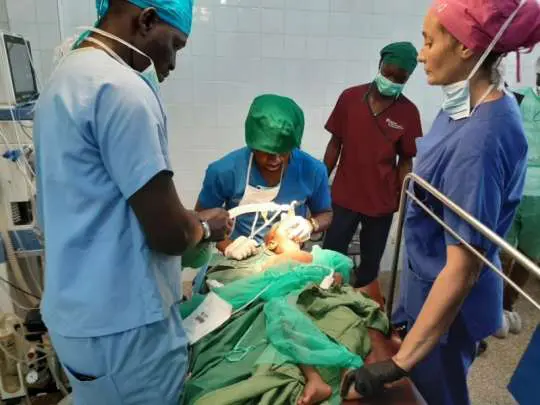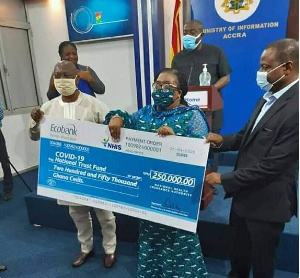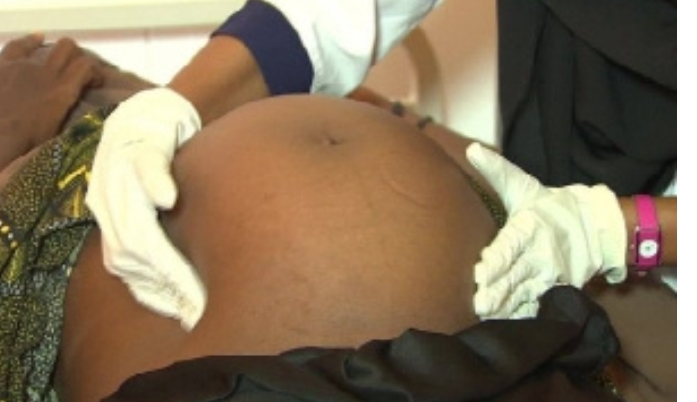Medical drones take off 2nd quarter

The use of unmanned aerial vehicles (drones) for the distribution of essential emergency medical supplies to various health facilities across the country is set to begin full operations before the end of the second quarter of the year.
Presently, construction work on the base for the flights, a facility which is expected to be the biggest in Africa, is underway at Dominako, five kilometres from Suhum in the Eastern Region.
The project, the first of four to be constructed in the country, will serve areas within the Eastern Region, including the Afram Plains, the Volta Region, parts of Greater Accra and the Ashanti regions.
Among the emergency medical supplies to be distributed are blood and other medications on request from a medical facility within designated areas.
This was revealed when a select group of journalists toured the Zipline facility in Muhanga, Kigali, Rwanda to ascertain how the deliveries were made in that country.
The US-based company is contracted by the government to execute the project.
Briefing the media during the tour, the Systems Specialist of Zipline, Ghana, Mr Daniel Marfo, said the project was expected to help transform the country’s health delivery system.
“This project will be a major complement for the health sector because it will help deliver emergency essential drugs and blood to deprived areas of the country effectively, faster and relatively cheaper,” he said.
Observation on site
At the Zipline facility in Muhanga, journalists were taken through the entire delivery process.
At the facility, there are pharmacists on standby who wait for orders for blood supply from a select number of hospitals and medical facilities. The order comes in two forms, emergency and restocking. Once the order is made, the pharmacists determine from the call or through a special Whatsapp application which has to be delivered first.
Once the order is confirmed, the blood, based on the type requested, is taken from the refrigerator and loaded in a special package to fit the unmanned aerial vehicle.
While that process is ongoing, the pilots and the air traffic controller will also be at work waiting for clearance from the country’s aviation centre.
Once all is ready, the drone is placed on a launcher and flown to its destination. While in transit, its movement is monitored on a computer that clearly shows where the drone has reached at any point in time. The movement is calculated to an extent that it does not miss its target. While at its destination, the drone then drops supply to a designated area within the compound of the medical facility without stopping and heads back to base. On arrival, the drone is trapped in the air by special sensors.
It was also observed that based on the request made, the facility is able to deliver dozens requests in a day.
Unlike earlier fears raised, the drone has no cameras, an observation the experts confirmed saying “this is purely meant to deliver medicines and blood and not to even take aerial shots”.
The drones fly at a speed of 150 kilimetres per hour. Again, the experts said with the nature of the topography of Ghana as compared to Rwanda, the drones could fly faster based on the direction of the wind.
It is also likely to have a longer battery life because there are not many hills and mountains in Ghana as compared to Rwanda.
Improved healthcare services
The Director-General of the Ruhango Provincial Hospital, Dr Richard Usabyineza, whose facility received one of the supplies from the drone, described the new method of medical deliveries as a major transformation to the healthcare system in Rwanda.
According to him, patients who would have died for lack of blood supplies during emergencies are now being saved because of the delivery time, adding that “the difference in time of delivery from the drones takes minutes while that of the road vehicles takes several hours”.
We save a lot of money on vehicle maintenance, fuel and other costs because we do not rely on the vehicles anymore. The transformation is huge and we are reducing maternal mortality in the country too,” he said.
A resident who lives more than three kilometres away from the hospital, John Mukantagara, narrated a story about how her wife nearly died, but for the quick delivery of a particular blood type to the hospital his wife needed to have her life was saved.
“While in labour, she started bleeding profusely. We rushed her to hospital on a motorbike and on arrival, we were told she needed blood urgently. They checked their stock and they had a lot of blood but unfortunately not the blood type she needed. The doctor on duty quickly ordered one and it was delivered within 20 minutes,” he said.
Drone agreement
In the second week of December last year, Parliament finally approved the drones for medical delivery after three failed attempts.
The Ghana Health Service (GHS) had introduced the deal to help deliver blood and essential medicines across the country, especially to rural communities.
The GHS had held that the deal was extremely useful and called on all Ghanaians to support the project.
The Director-General of the GHS, Dr Anthony Nsiah Asare, in an interview with the media after Parliament ratified the agreement expressed worry about the continuous politicisation of the government’s novel ideas by some politicians even when they had little understanding of the matter.
Source: www.graphic.com.gh





